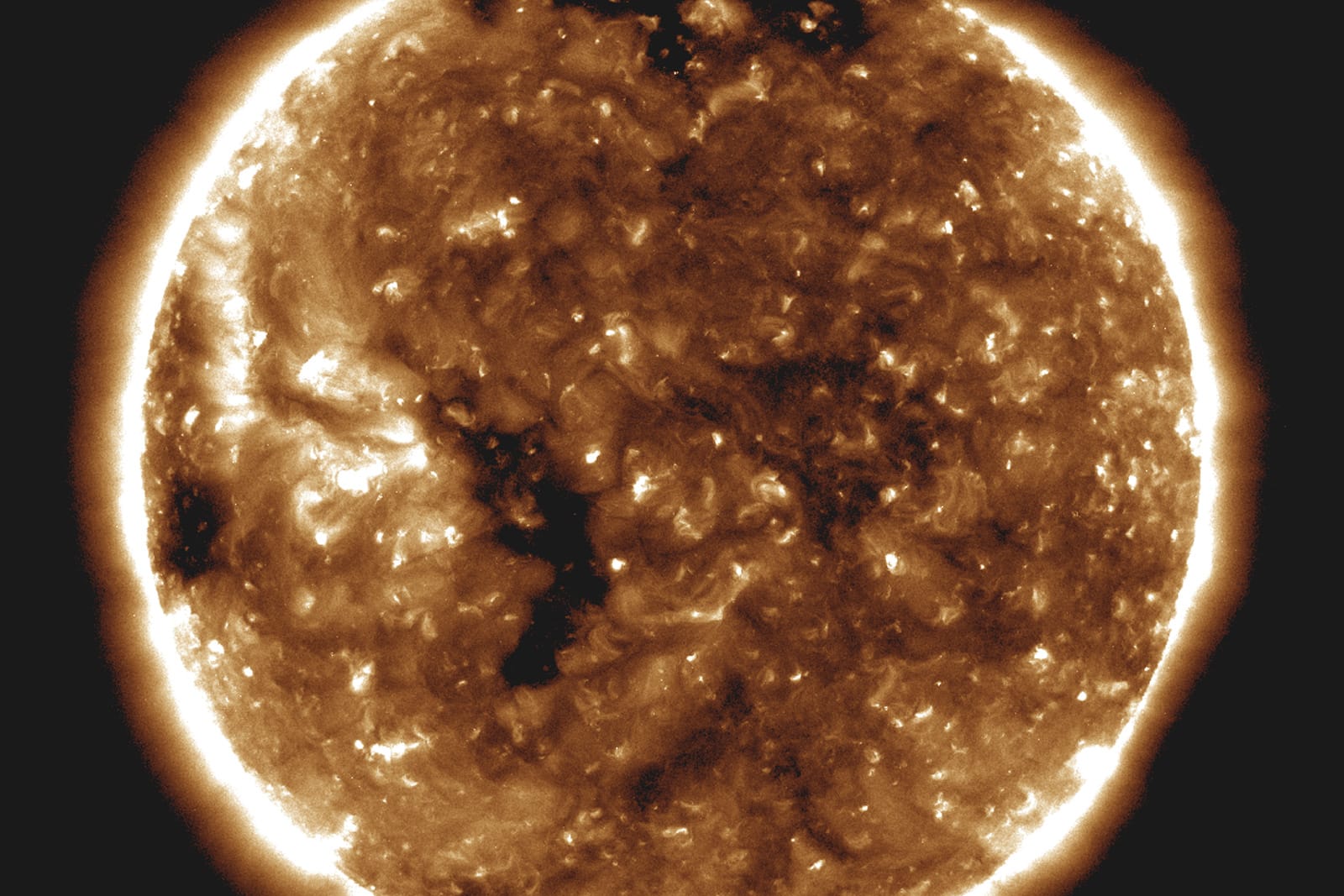 As promised, NASA has presented the first results from the Parker Solar Probe -- and they're already providing a treasure trove of insights regarding the Sun. Most notably, the solar wind doesn't behave entirely like scientists expected. There are fl...
As promised, NASA has presented the first results from the Parker Solar Probe -- and they're already providing a treasure trove of insights regarding the Sun. Most notably, the solar wind doesn't behave entirely like scientists expected. There are fl...
NASA’s closest-ever Sun flybys reveal how solar wind works
 As promised, NASA has presented the first results from the Parker Solar Probe -- and they're already providing a treasure trove of insights regarding the Sun. Most notably, the solar wind doesn't behave entirely like scientists expected. There are fl...
As promised, NASA has presented the first results from the Parker Solar Probe -- and they're already providing a treasure trove of insights regarding the Sun. Most notably, the solar wind doesn't behave entirely like scientists expected. There are fl...
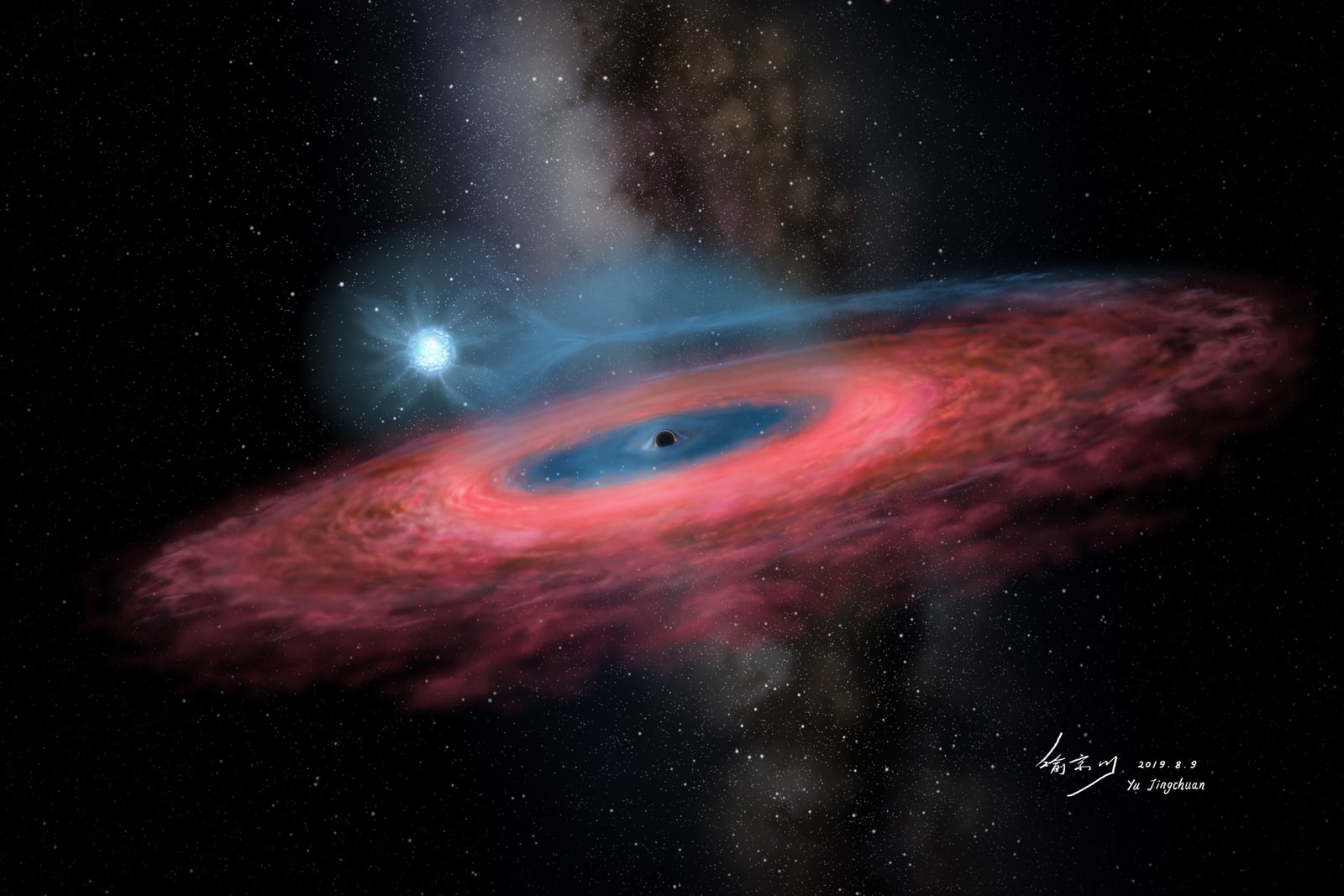 Just because there's a picture of a black hole doesn't mean astronomers have figured out how they work. Chinese-led researchers have detected a stellar black hole in the Milky Way with a mass so large that it breaks current stellar evolution models....
Just because there's a picture of a black hole doesn't mean astronomers have figured out how they work. Chinese-led researchers have detected a stellar black hole in the Milky Way with a mass so large that it breaks current stellar evolution models....
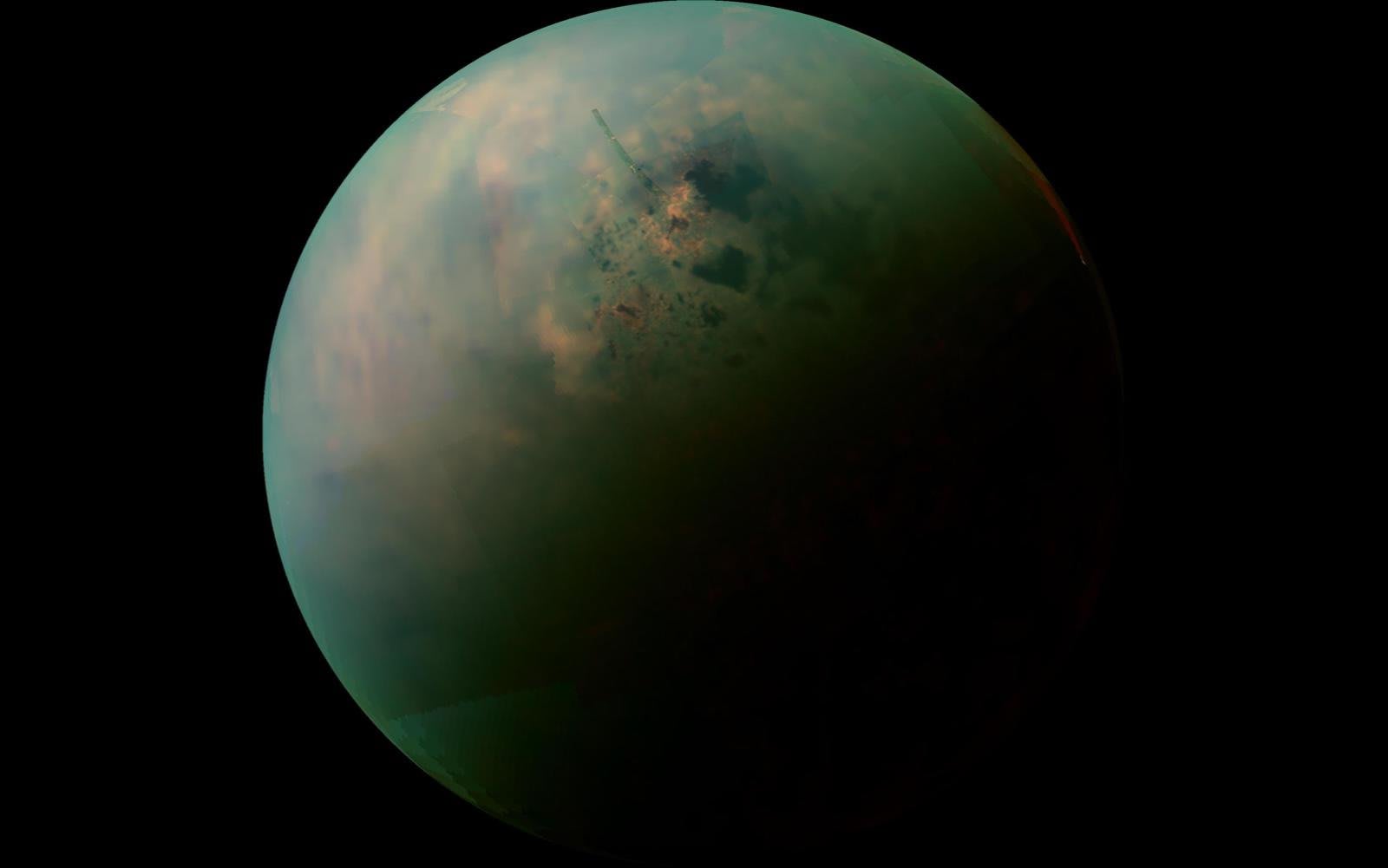 Scientists finally have a comprehensive view of Titan, Saturn's largest moon. A team of astronomers has created the first global map of Titan by using the Cassini probe's over 100 fly-bys to stitch together both imagery and radar measurements. The...
Scientists finally have a comprehensive view of Titan, Saturn's largest moon. A team of astronomers has created the first global map of Titan by using the Cassini probe's over 100 fly-bys to stitch together both imagery and radar measurements. The...
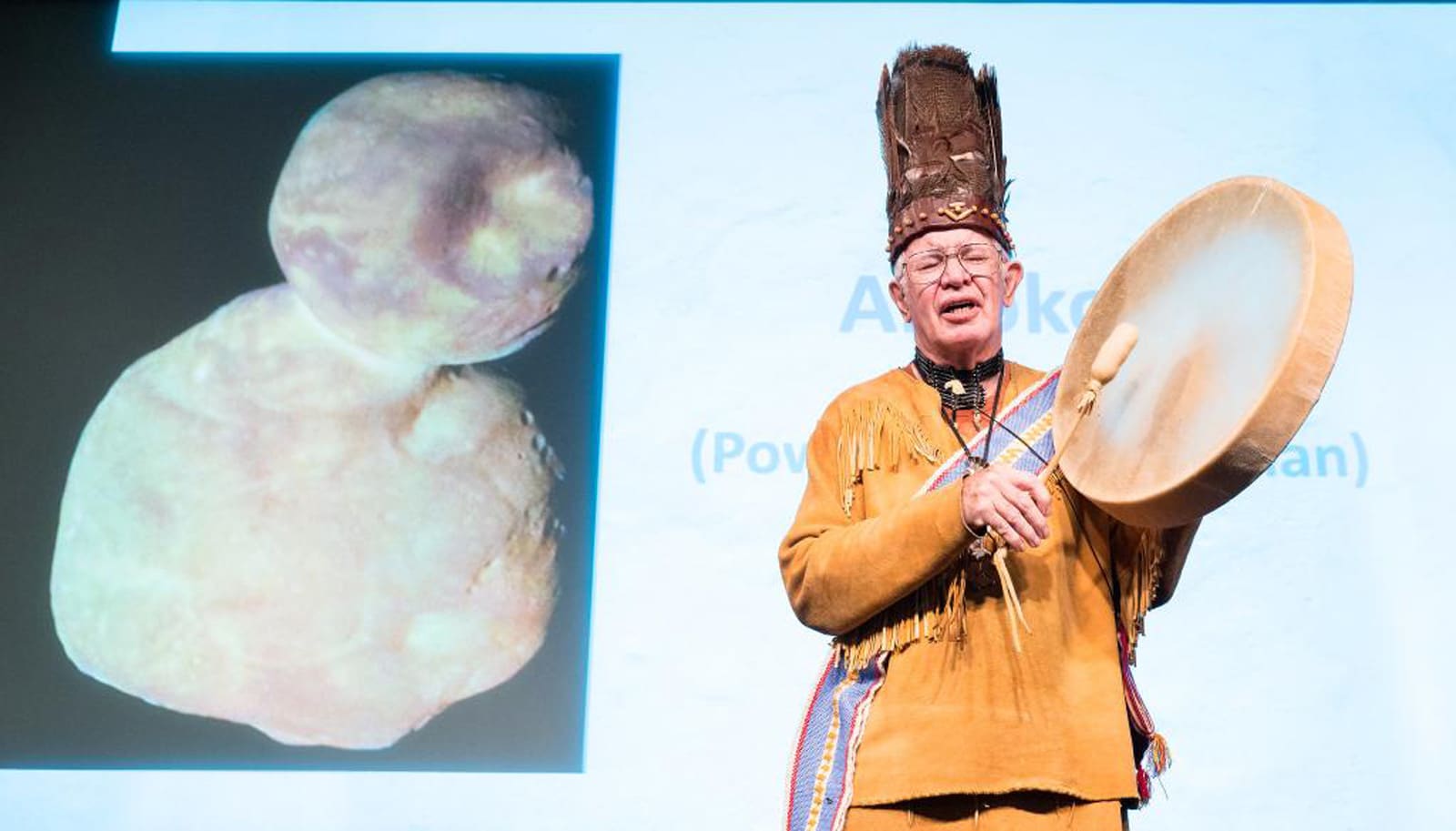 NASA's nickname for the distant Kuiper Belt object 2014 MU69, Ultima Thule, has been more than a little contentious. While it has innocuous meanings, Ultima Thule is also the term white supremacists use to refer to a mythical homeland. The agency i...
NASA's nickname for the distant Kuiper Belt object 2014 MU69, Ultima Thule, has been more than a little contentious. While it has innocuous meanings, Ultima Thule is also the term white supremacists use to refer to a mythical homeland. The agency i...
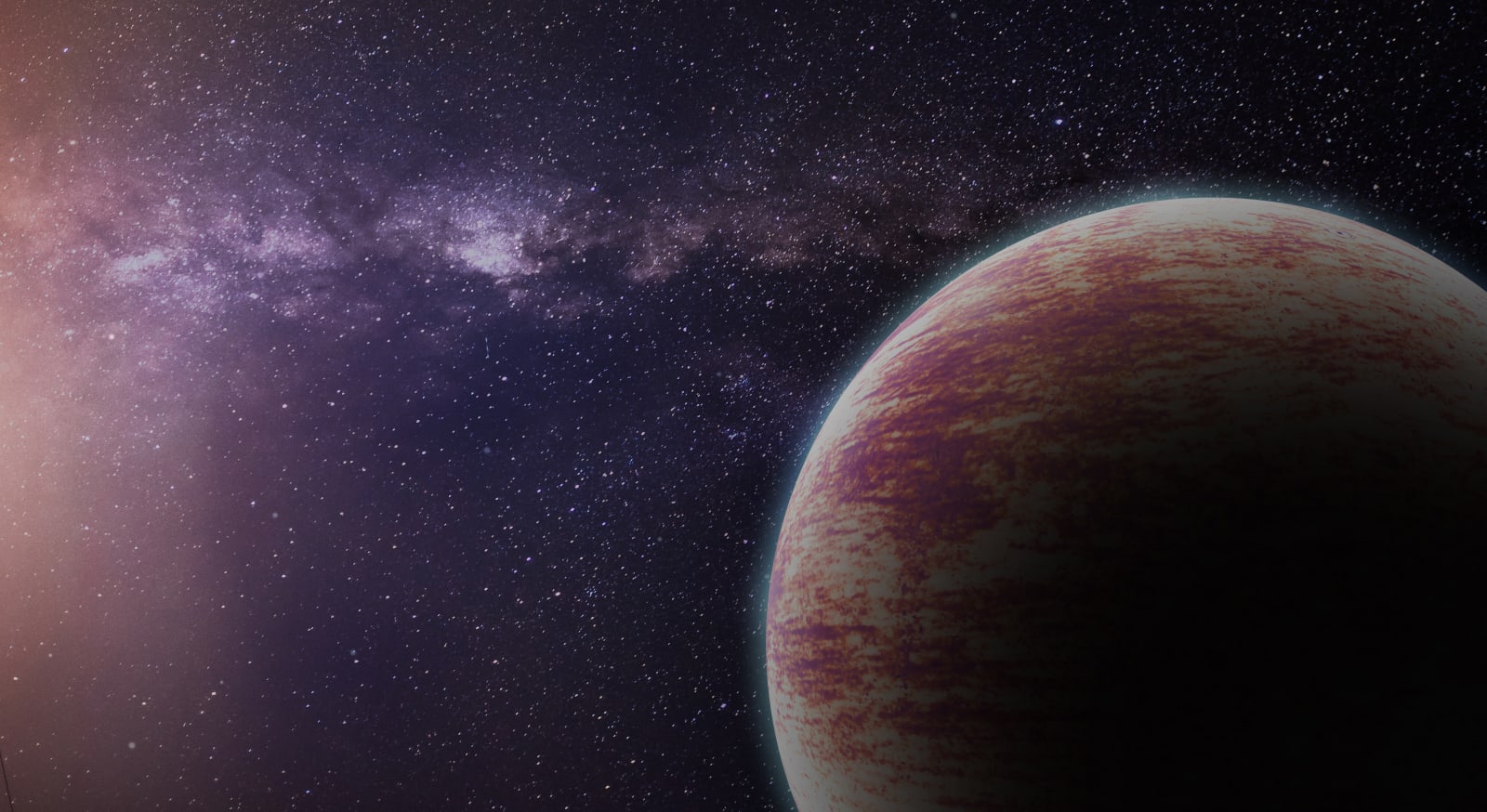 Water vapor is common in gas giants; Jupiter, Saturn, Uranus and Neptune all have H2O floating around in their atmospheres. But water on a rocky planet is exceedingly rare, making the discovery of water vapor -- and possibly even rain -- on the exopl...
Water vapor is common in gas giants; Jupiter, Saturn, Uranus and Neptune all have H2O floating around in their atmospheres. But water on a rocky planet is exceedingly rare, making the discovery of water vapor -- and possibly even rain -- on the exopl...
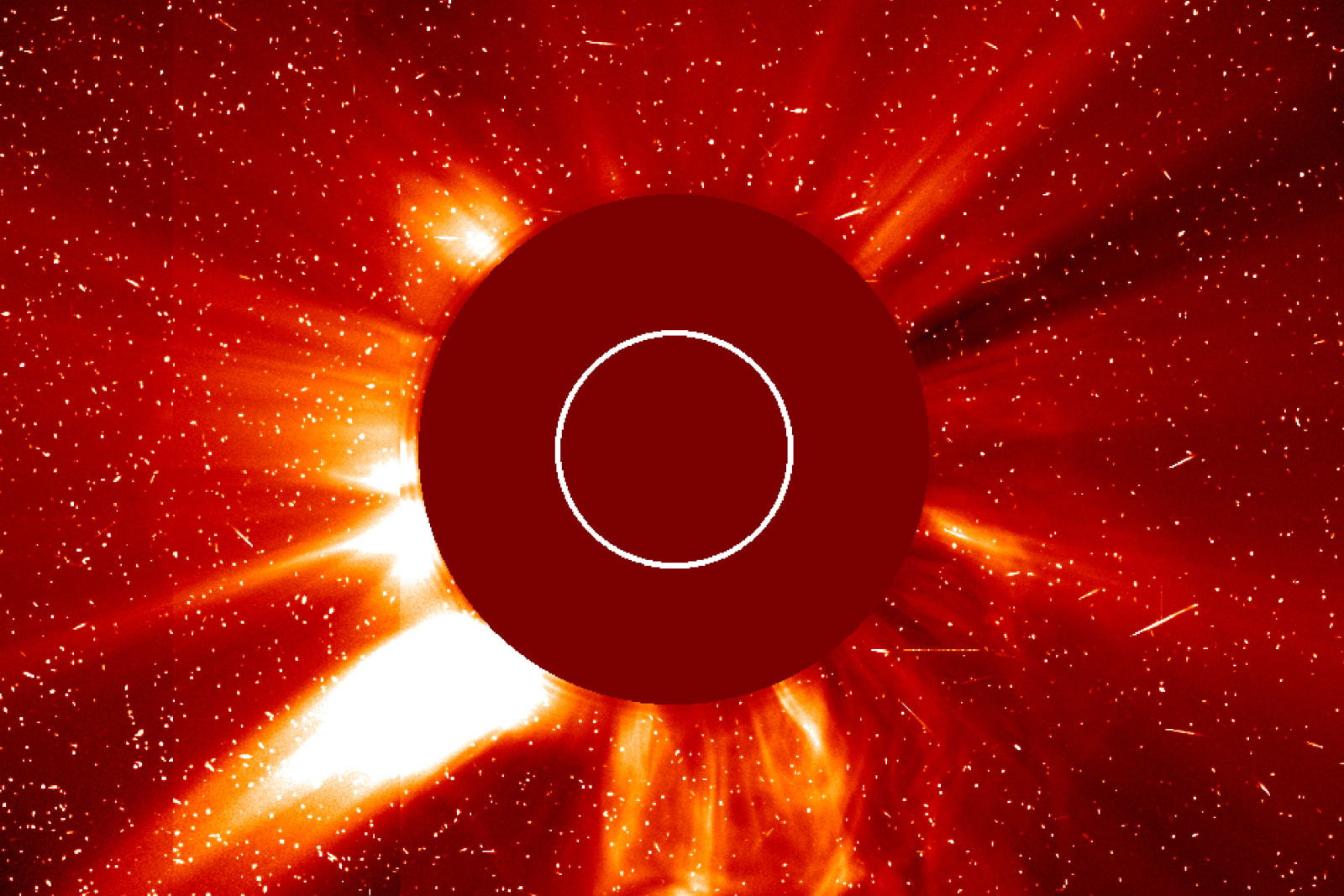 NASA is expanding plans to use small satellites (aka smallsats) to explore the Solar System. The agency has picked two proposals for smallsat technology that would improve observations in deep space, where they could help improve models that predict...
NASA is expanding plans to use small satellites (aka smallsats) to explore the Solar System. The agency has picked two proposals for smallsat technology that would improve observations in deep space, where they could help improve models that predict...
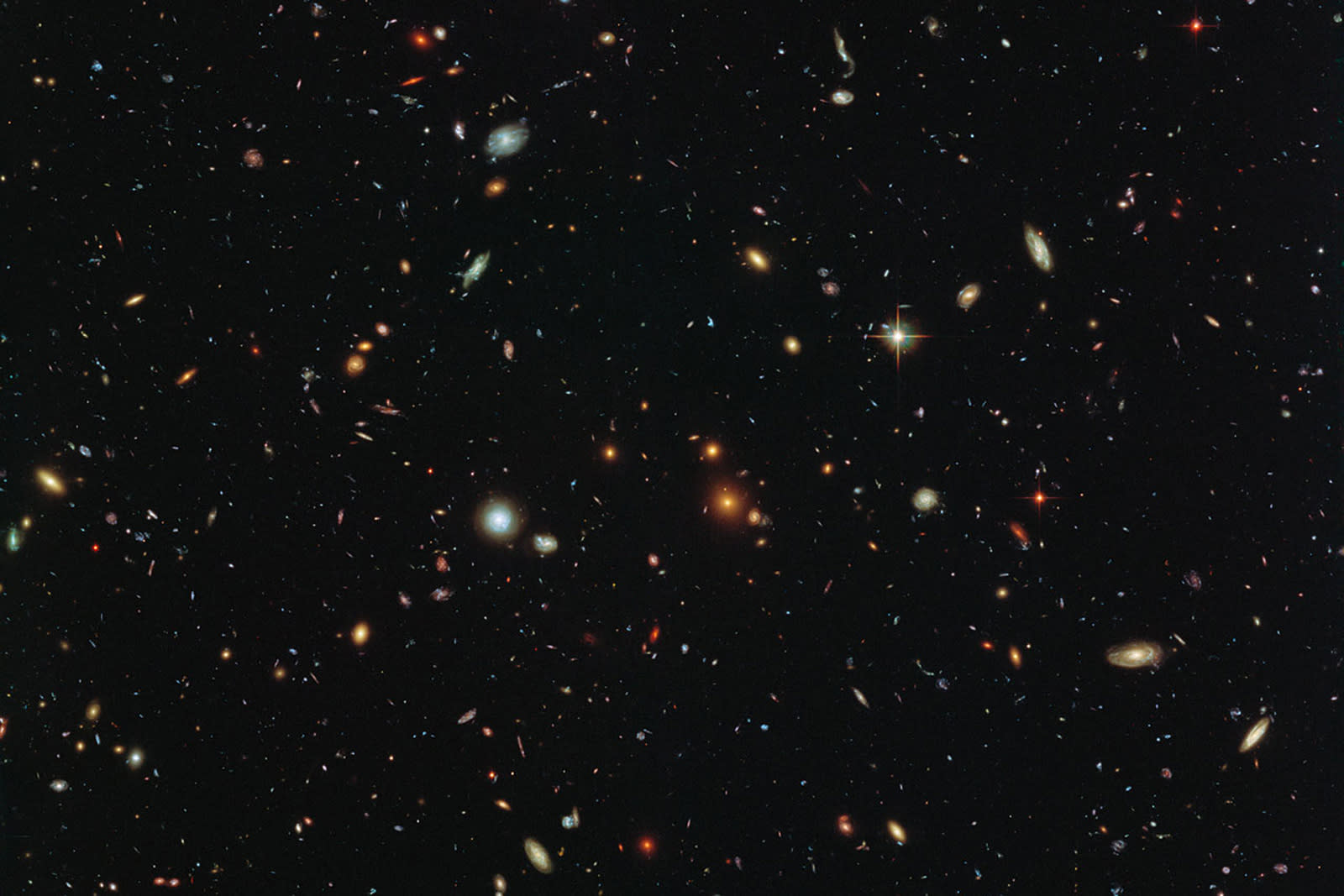 How do you understand the development of galaxies when even the younger examples are frequently billions of years old? Simulate as many universes as you can, apparently. Researchers at the University of Arizona have used the school's Ocelote superc...
How do you understand the development of galaxies when even the younger examples are frequently billions of years old? Simulate as many universes as you can, apparently. Researchers at the University of Arizona have used the school's Ocelote superc...
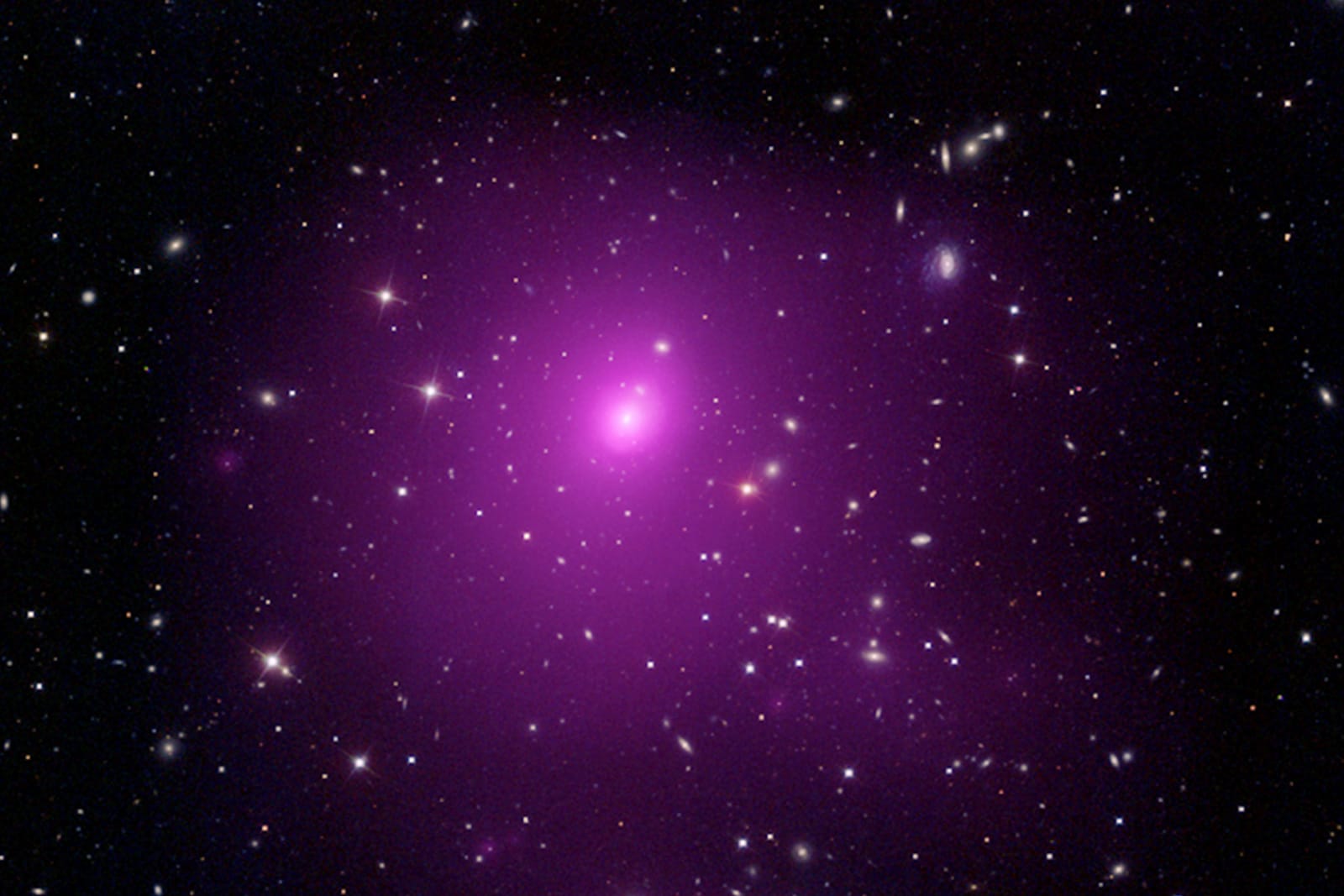 Astronomers aren't done with major black hole discoveries this year. The Max Planck Institute's Kianusch Mehrgan and colleagues have found the largest black hole ever observed at the center of Holm 15A, a galaxy about 700 million light-years away....
Astronomers aren't done with major black hole discoveries this year. The Max Planck Institute's Kianusch Mehrgan and colleagues have found the largest black hole ever observed at the center of Holm 15A, a galaxy about 700 million light-years away....
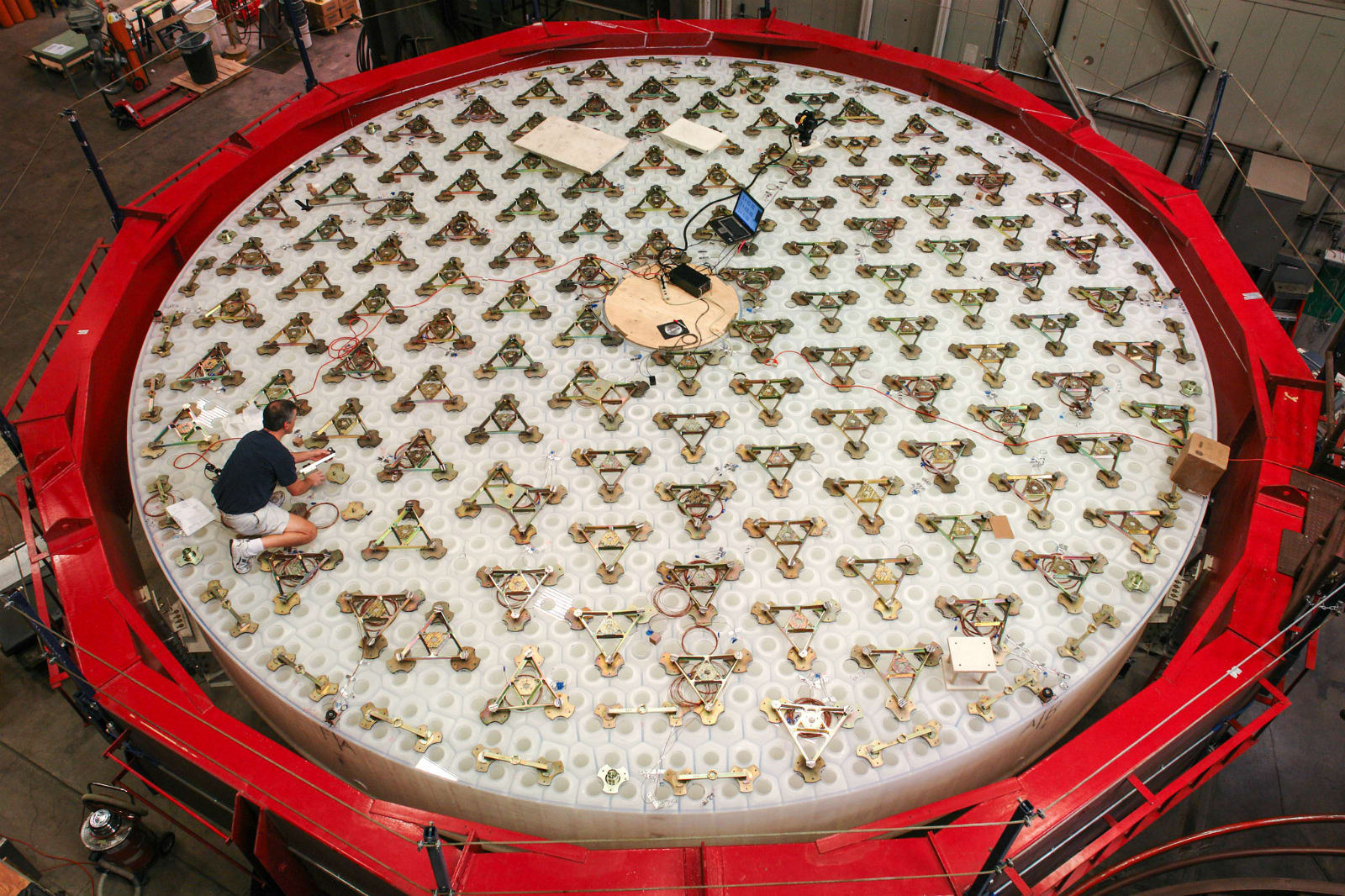 The world's largest telescope is one step closer to completion. This month, the team working on the Giant Magellan Telescope (GMT) completed the second of seven primary mirror segments, a process that began in January 2012.
The world's largest telescope is one step closer to completion. This month, the team working on the Giant Magellan Telescope (GMT) completed the second of seven primary mirror segments, a process that began in January 2012.
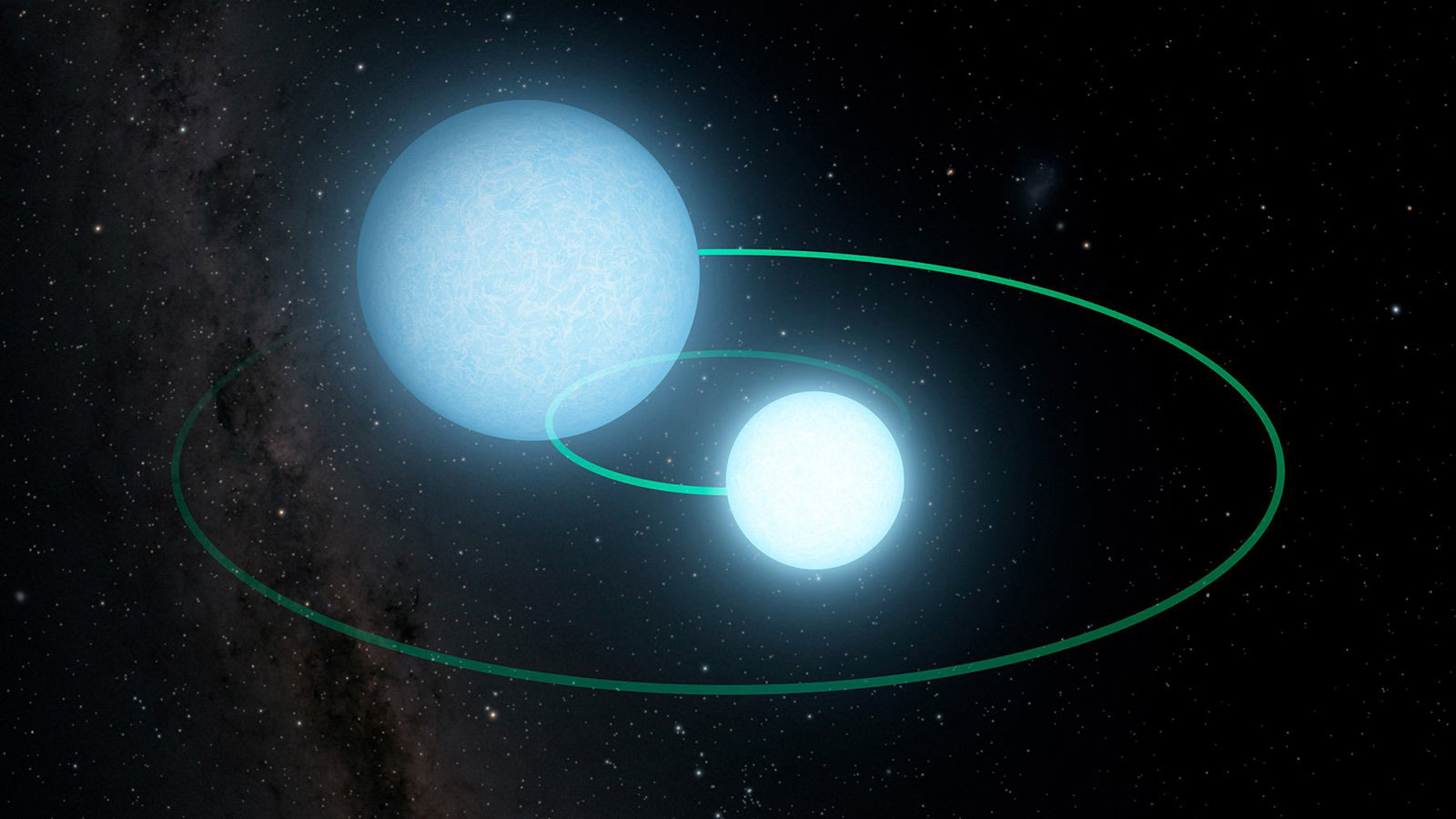 Stars still have plenty of surprises despite (or perhaps, because of) advances in astronomy. Researchers using Caltech's Zwicky Transient Facility have discovered a binary white dwarf system 8,000 light-years away, ZTF J1539+5027, where the two dead...
Stars still have plenty of surprises despite (or perhaps, because of) advances in astronomy. Researchers using Caltech's Zwicky Transient Facility have discovered a binary white dwarf system 8,000 light-years away, ZTF J1539+5027, where the two dead...